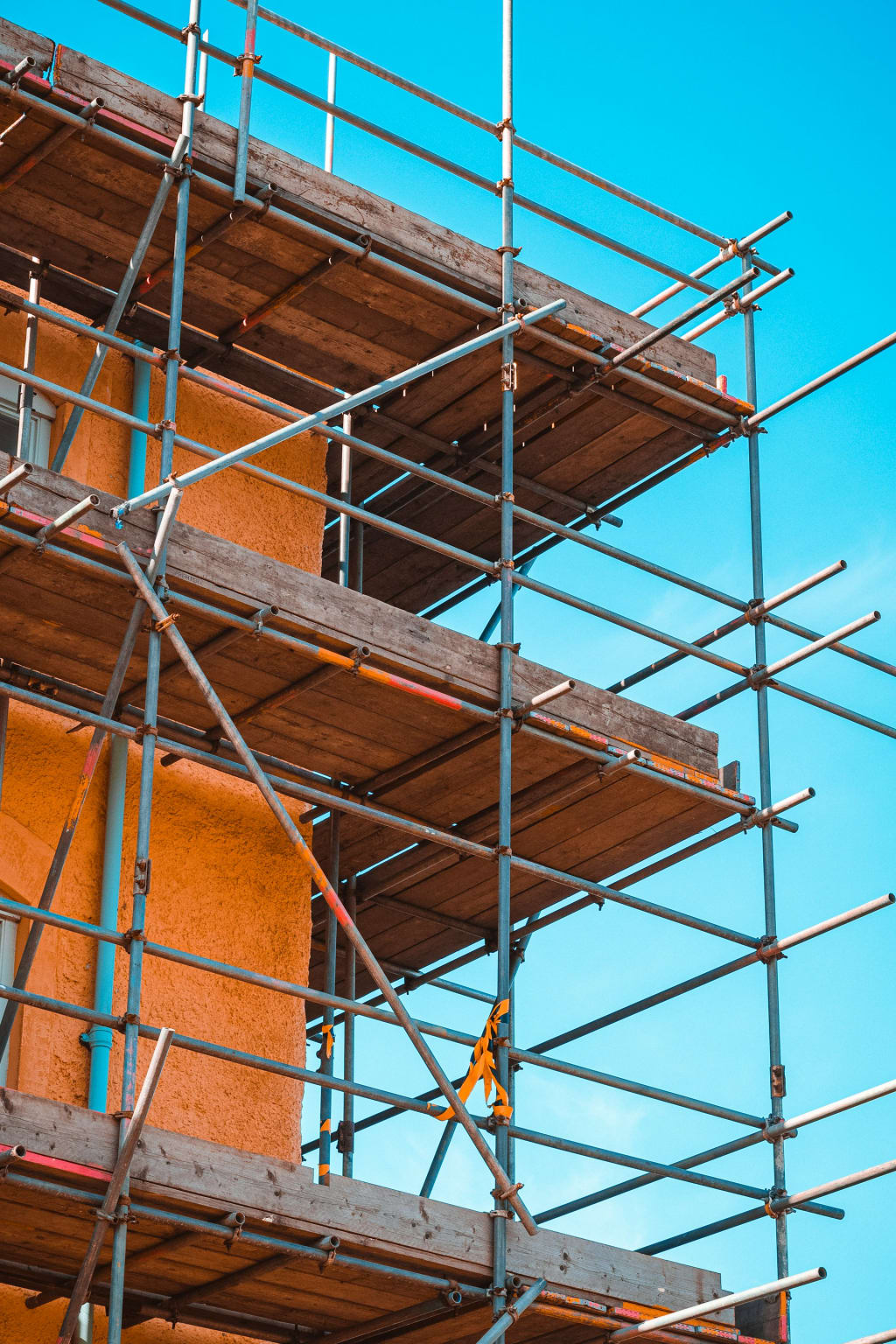The Role of Scaffolding in High-Rise Construction
Best in Tianjin China

High-rise construction presents unique challenges, requiring innovative solutions to ensure the safety, efficiency, and quality of the work. Scaffolding plays a crucial role in these projects, providing the necessary support for workers and materials, facilitating access to different building levels, and ensuring compliance with safety standards.
1. Types of Scaffolding Used in High-Rise Construction
Description: This traditional type of scaffolding consists of steel tubes connected by couplers or clamps. It is highly versatile and can be adapted to various shapes and heights.
Application: Ideal for complex structures and high-rise buildings due to its flexibility in assembly.
1.2. Frame Scaffolding
Description: Comprises prefabricated frames that are easy to assemble and disassemble. The frames are connected by cross braces, providing stability.
Application: Commonly used in straightforward, vertical construction tasks due to its simplicity and ease of use.
1.3. Ring-Lock Scaffolding
Description: Features a modular design with rosettes on vertical standards, allowing for quick and secure connections at various angles.
Application: Highly suitable for high-rise construction because of its strength, stability, and quick assembly.
2.1. Enhanced Safety
Worker Protection: Provides stable platforms for workers to perform tasks at height, reducing the risk of falls and accidents.
2.2. Improved Efficiency
Access and Mobility: Facilitates easy access to different parts of the building, allowing workers to move materials and tools efficiently.
Time Savings: Quick assembly and disassembly of modern scaffolding systems, such as Ring-Lock, reduce project timelines.
2.3. Structural Support
Load Bearing: Supports the weight of materials and workers, ensuring stability during construction.
Adaptability: Modular scaffolding systems can be adapted to support various construction stages, from foundation work to finishing.
2.4. Quality of Work
Precision: Provides a stable work environment, enabling workers to perform tasks with greater precision and accuracy.
Consistency: Ensures consistent quality of work across different building levels.
3. Best Practices for Using Scaffolding in High-Rise Construction
3.1. Comprehensive Planning
Design Considerations: Plan the scaffolding layout according to the building design and construction sequence. Ensure that the scaffolding system selected can accommodate the specific requirements of the project.
Load Analysis: Conduct a thorough load analysis to ensure that the scaffolding can support the expected weights of materials, workers, and equipment Scaffolding Factory China .
3.2. Regular Inspections and Maintenance
Daily Inspections: Conduct daily inspections of the scaffolding system to identify and rectify any potential issues or damage.
Maintenance Schedule: Implement a regular maintenance schedule to ensure the longevity and safety of the scaffolding components.
3.3. Worker Training and Safety Protocols
Training Programs: Provide comprehensive training programs for workers on the safe use of scaffolding, including assembly, disassembly, and daily operation.
Safety Gear: Ensure that all workers are equipped with appropriate safety gear, such as harnesses, helmets, and non-slip footwear.
3.4. Adherence to Regulations
Compliance: Adhere to local, national, and international scaffolding regulations and standards to ensure safety and legality.
Documentation: Maintain detailed records of scaffolding inspections, maintenance, and any incidents or issues encountered.
3.5. Emergency Preparedness
Emergency Plans: Develop and communicate emergency response plans for situations such as scaffolding failure, severe weather conditions, or worker accidents.
Safety Drills: Conduct regular safety drills to ensure that all workers are familiar with emergency procedures.
Scaffolding is essential for ensuring worker safety and efficiency in construction projects. However, improper use and setup of scaffolding can lead to serious accidents and project delays. Understanding common scaffolding mistakes and how to avoid them is crucial for maintaining a safe work environment.
1. Inadequate Training and Supervision
Mistake: Workers lack proper training on scaffolding erection, use, and dismantling, leading to unsafe practices and potential accidents.
Solution:
Provide Comprehensive Training: Ensure all workers receive thorough training on scaffolding safety, including assembly, use, and dismantling procedures.
Continuous Education: Offer regular refresher courses and updates on new safety regulations and techniques.
Qualified Supervision: Always have a qualified person supervise scaffolding work to ensure compliance with safety standards.
2. Improper Assembly and Dismantling
Mistake: Scaffolding is not assembled or dismantled according to manufacturer instructions and safety guidelines, leading to structural instability.
Solution:
Follow Manufacturer Guidelines: Strictly adhere to the manufacturer’s instructions and safety guidelines during assembly and dismantling.
Use Trained Personnel: Only allow trained and competent personnel to assemble and dismantle scaffolding.
Check for Stability: Ensure all components are securely fastened and the structure is stable before use.
3. Overloading the Scaffold
Mistake: Exceeding the scaffold’s load capacity with tools, materials, and workers, causing structural failure.
Solution:
Know the Load Limits: Be aware of the scaffold’s load capacity and ensure it is not exceeded.
Distribute Weight Evenly: Evenly distribute weight across the scaffold to avoid overloading specific sections.
Monitor Load: Regularly monitor the weight on the scaffold and remove unnecessary materials and tools.
4. Lack of Guardrails and Fall Protection
Mistake: Failure to install guardrails and other fall protection measures increases the risk of falls from height.
Solution:
Install Guardrails: Ensure guardrails are installed on all open sides and ends of the scaffold.
Use Fall Protection: Implement additional fall protection measures such as harnesses and safety nets where necessary.
Regular Inspections: Regularly inspect guardrails and fall protection systems to ensure they are in good condition.
5. Inadequate Foundation and Support
Mistake: Setting up scaffolding on unstable or uneven ground, leading to potential tipping or collapse.
Solution:
Solid Foundation: Ensure the scaffold is erected on a solid, level foundation.
Use Base Plates and Mud Sills: Utilize base plates and mud sills to distribute the scaffold’s weight evenly and provide stability.
Inspect Ground Conditions: Regularly check ground conditions and make adjustments as needed.
About the Creator
Enjoyed the story? Support the Creator.
Subscribe for free to receive all their stories in your feed.





Comments (1)
It was new information to me.